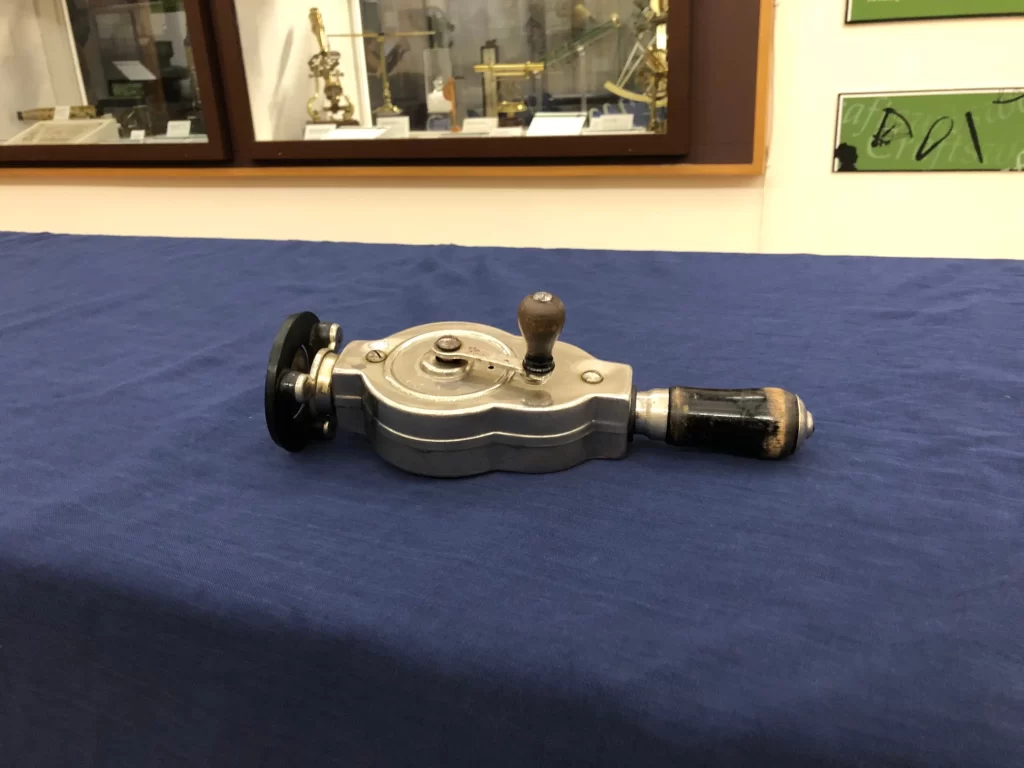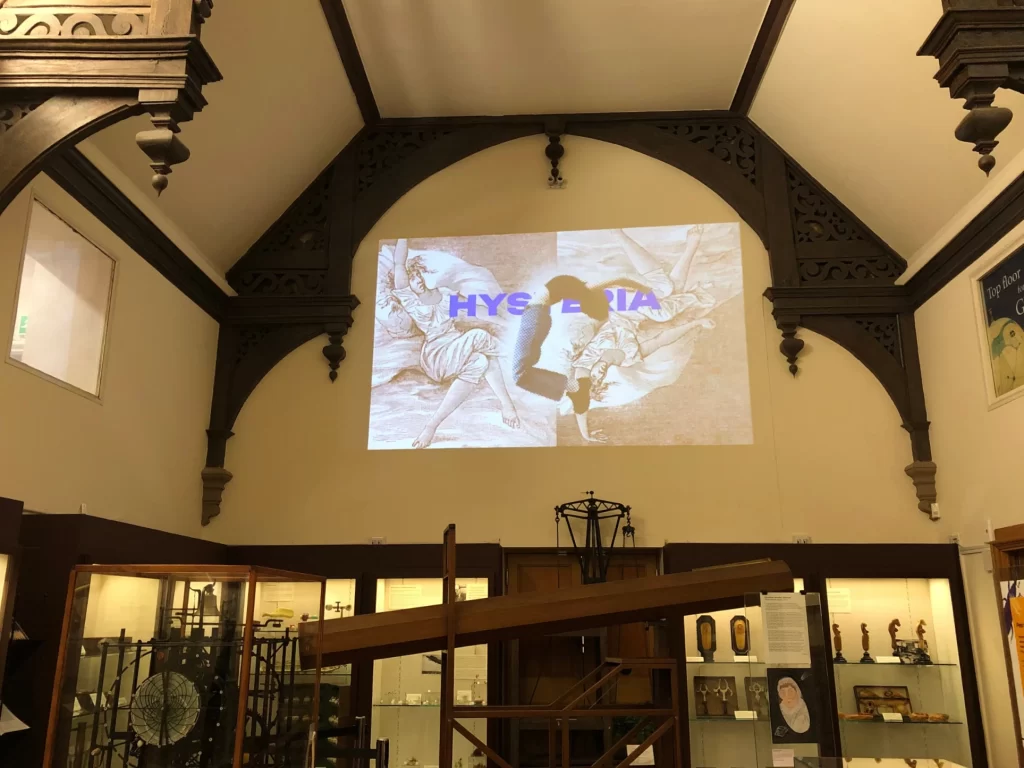For centuries, contributions to scientific discovery and academic study from women were frequently credited to their male colleagues (including their brothers or husbands) or overlooked entirely. With some notable exceptions, many women were sidelined and remain uncredited, and their achievements unrecognised.
The Whipple Museum, in Cambridge, houses numerous objects that tell the history of science and scientific study in Cambridge and globally. Hidden amongst these collections are the untold stories of women in science as both scientists and the subjects of science. Through a collaboration with the Whipple Museum (one of the University of Cambridge’s museums) and the revelations of Uncomfortable Cambridge’s Uncomfortable Science tour around the museum, CSVPA students have been examining the histories of objects in the collection and, through creative expression, are telling the stories of these forgotten women.
This blog series shares the stories uncovered, retold and recreated by our students.
Forgotten Women: Hysteria
Included amongst the Whipple Museum’s eclectic collection, visitors will find the Pulsocon, a contraption created in 1902 to cure, among many medical ailments, hysteria in women. As early as the 5th century BC and throughout history, women’s physical and psychological ailments have been defined as ‘hysterical’, and the women often blamed for their malady. Hysteria was a term commonly used in the nineteenth century to describe the ‘ungovernable emotional excess’ that often afflicted women and was considered a physical illness brought on by the ‘weakness’ of the female constitution.

Intrigued by the concept of ‘hysteria’, CSVPA student Sofia embarked on her own research and was profoundly shocked by the barbaric way in which doctors tried to cure women of this ‘disease’.
“The whole story of it is so dark and interesting for me” explained Sofia. “Women were treated really badly. I want to show people that there was this problem and tell the story of this disease”.
Using her art practice, Sofia explored this narrative through her skills in animation, typography and digital design to bring awareness to a wider audience.

Her final piece, projected onto the wall of the Whipple Museum, shows a modern-day women during a ‘hysterical episode’, while, behind her, contemporary imagery, academic sketches and newspaper articles flash before the viewers eyes drawing their attention to the horrors faced by these ‘hysterical’ women.
Eye-catching and emotive, Sofia uses the power of art to educate and bring awareness to this historical injustice. She captures the raw reality of the trials women were subjected to as men attempted to advance medical practice in curing a ‘disease’ which was misdiagnosed for thousands of years.
Watch Sofia’s final outcome below:
Interested in studying art and design, explore our Foundation Diploma in Art & Design and our Extended Diploma in Creative Practice: Art, Design & Communications.







